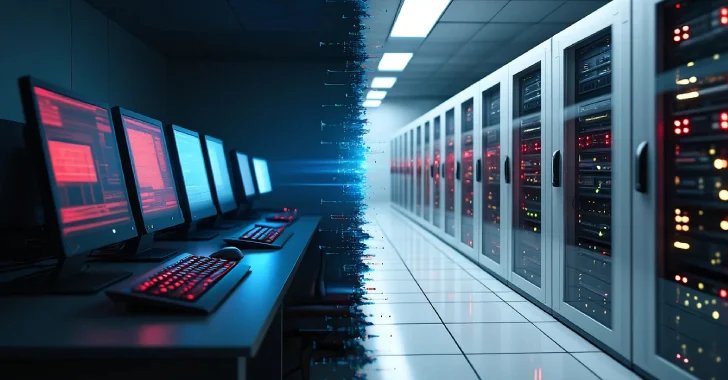Summary Points
-
Threat Actor Identified: A Chinese-speaking group, UAT-6382, exploited a now-patched vulnerability (CVE-2025-0944) in Trimble Cityworks, allowing remote code execution and deployment of malware to maintain access.
-
Vulnerability Details: CVE-2025-0944 is a high-severity (CVSS 8.6) deserialization vulnerability affecting GIS asset management software, recently added to CISA’s Known Exploited Vulnerabilities catalog.
-
Attack Methods: The group used a Rust-based loader (TetraLoader) and Go-based tool (VShell) to deliver malware; they deployed various web shells to infiltrate enterprise networks of local U.S. government bodies.
- Reconnaissance and Targeting: UAT-6382 conducted reconnaissance to identify valuable files and launched multiple backdoors through PowerShell to facilitate data exfiltration from compromised systems.
Problem Explained
On May 22, 2025, cybersecurity analysts at Cisco Talos unveiled a series of alarming cyber intrusions linked to a sophisticated threat actor, designated UAT-6382. This Chinese-speaking group exploited a critical vulnerability (CVE-2025-0944) in the widely used Trimble Cityworks platform, which is instrumental in asset management for municipal utilities. The vulnerability, due to its high severity (CVSS score: 8.6), enabled the attackers to execute remote code, facilitating their deployment of custom malware, including Cobalt Strike and VShell, aimed at establishing a persistent foothold within targeted networks.
Beginning in January 2025, UAT-6382’s assaults primarily affected local government networks across the United States. Following the exploitation, the group conducted thorough reconnaissance to identify vulnerable servers and subsequently instigated a series of backdoor installations and web shell placements, utilizing tools like AntSword and Behinder—common in the arsenal of Chinese cybercriminals. With insights from Trimble and indicators of compromise released by Cisco Talos, the situation emphasizes the necessity for robust cybersecurity measures and vigilance, especially in critical infrastructure sectors.
Risks Involved
The recent exploitation of the CVE-2025-0944 vulnerability in Trimble Cityworks by the malicious actor UAT-6382 poses significant risks not only to the immediate targets—namely local governing bodies—but also to a broader ecosystem of businesses and organizations across various sectors. When an attack compromises critical infrastructure, it creates a ripple effect, undermining trust and stability within interconnected networks. Other businesses relying on similar software may face heightened vulnerabilities, potential reputational damage, and regulatory scrutiny as they reassess their own cybersecurity postures. Users, particularly those dependent on timely utility management, could experience service disruptions, risking public safety and prompt legal ramifications. Furthermore, the sophistication of the malware employed—such as Cobalt Strike and VShell—highlights the advanced capabilities of threat actors, which can encourage similar tactics across the industry, leading to a pervasive environment of fear and uncertainty. Consequently, the ramifications are not solely technological; they extend into economic implications, potentially stunting innovation and growth as organizations divert resources to bolster defenses against ongoing and future threats.
Possible Actions
Timely remediation is crucial in safeguarding sensitive governmental networks from cyber adversaries exploiting software vulnerabilities.
Mitigation Steps
- Immediate Patch Deployment
- Enhanced Threat Detection
- Access Control Review
- Employee Training Programs
- Incident Response Drills
- Network Segmentation
- Data Backup Solutions
- Vulnerability Scanning
NIST Guidance
The NIST Cybersecurity Framework (CSF) emphasizes a proactive approach to managing cybersecurity risks, advocating for a robust system of continuous monitoring and improvement. For comprehensive strategies, refer to NIST Special Publication 800-53, which details security and privacy controls for information systems.
Advance Your Cyber Knowledge
Stay informed on the latest Threat Intelligence and Cyberattacks.
Access world-class cyber research and guidance from IEEE.
Disclaimer: The information provided may not always be accurate or up to date. Please do your own research, as the cybersecurity landscape evolves rapidly. Intended for secondary references purposes only.
Cyberattacks-V1

